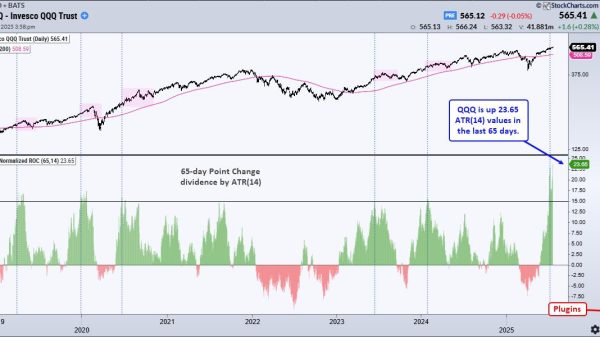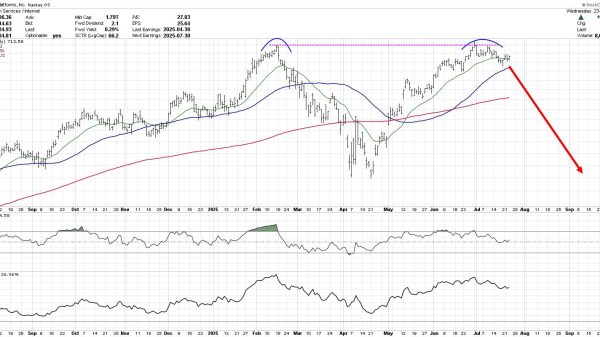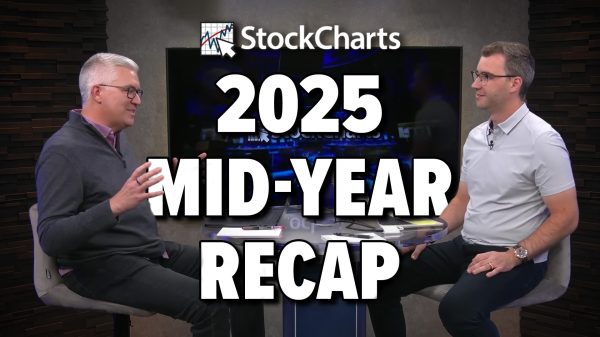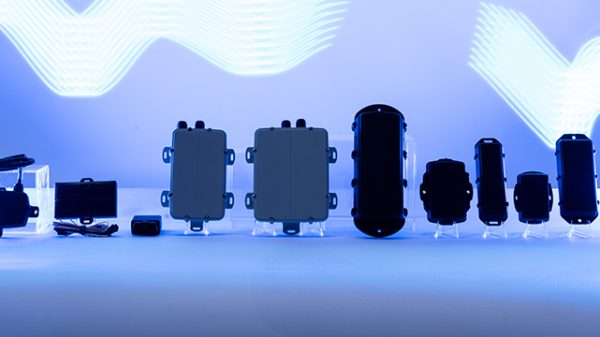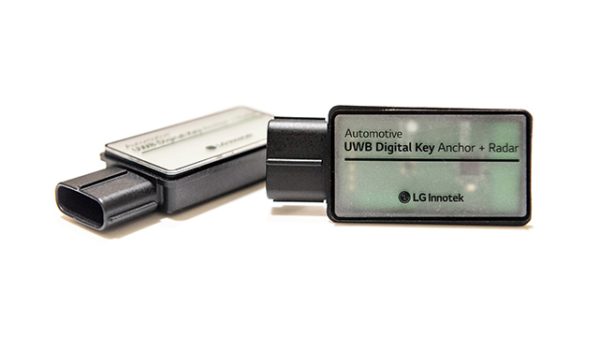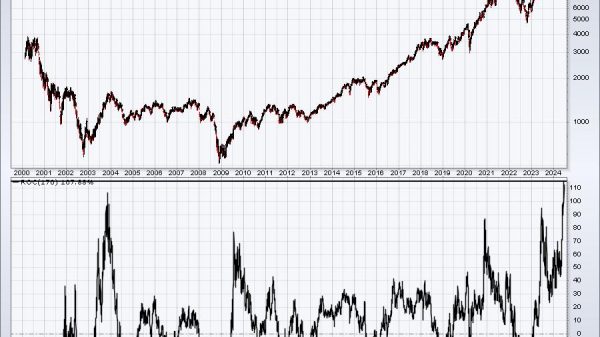Your Guide to 401k Rollovers: How to Transition to an IRA in Simple Steps
Nowadays, searching for new opportunities is a new mantra for many people. While chasing success and, let’s admit, monetary gains, we often flit from one job to another. With each career move comes the challenge of managing your retirement savings, particularly through a 401k rollover. Starting a new job is exciting but also stressful as you have to adapt to a new workspace and realign your financial future.
A new environment and workflow aren’t the only challenges. With the change in your company, you also have to make correct decisions about your retirement plan. After all, your future as a retiree is at stake.
Thankfully, there are several 401k rollover options to choose from. Let’s see what choices you have and what you need to do to finish this process quickly and easily.
The first and best option is to rollover your 401k to an IRA – an individual retirement account. This will enable you to manage your funds more efficiently, as you will be able to make decisions independently.
The second option is to cash out your money, but that’s not very expedient, as you would have to pay various taxes. In some cases, there is also a penalty for withdrawing your funds. However, if your new employer has their own 401k plan, then you might merge your existing capital to it.
The last option is leaving the money where it is – with your old employer, but in this case, you will need the old employer’s agreement. As you see, a lot depends on your new job’s benefits, and even if it comes with a retirement plan, you might not like it. And for maintaining the old plan you would have to depend on the benevolence of your former boss.
That’s why going solo might be the best decision for you. But let’s see how you can accomplish that.
How to Rollover Your 401k to an Individual Retirement Account
The fastest and the least complicated way to do this is a direct rollover. You have to simply move your money from the financial institution that currently manages your plan to the new one that offers an individual retirement account. Such companies are quite many, but you should do thorough research before selecting one.
After you choose the safe institution, you can start the process of rollover. If you have a traditional 401k plan, then you might prefer to select a traditional IRA, as well. In this case, you won’t have to worry about paying the taxes. But you might have to cover them in the future or while withdrawing the funds.
On the other hand, if you start to roll over to a Roth IRA from a Roth 401k, you won’t have to pay anything at all.
However, that’s not the case when you move your funds to a Roth IRA from a traditional 401k account. If you choose the latter, you’ll have to set some money aside for income taxes.
Thankfully, you can depend on the financial institution you choose to help navigate your new plan and all the taxes that come (or not) with it.
There are also several ways to move your funds. For example, your plan administrator might write you a check for your IRA custodian. But you need to open an individual retirement account first.
You can take the check written in your name, but this is a riskier option. If you do that, you will have 60 days to deliver the retirement savings into your IRA. That is called an indirect rollover, and if you fail to meet these terms, this will be processed as a withdrawal, and you will have to pay taxes.
What Other Problems Might You Face When Withdrawing Funds?
If you choose to withdraw your capital, consider that your ex-employer will have to withhold and pay 20% of this amount to the government. So, if you later decide to deliver the money to an IRA, you might need to cover the difference yourself. Depending on the total amount of your savings to date, this 20% might be substantial.
Furthermore, you mustn’t spend any of that money because the Internal Revenue Service (IRS) might claim that you used it instead of rolling over. That means more penalties. So, try to avoid this end.
Why Should You Choose 401k Rollover to IRA?
It has actually lots of benefits, and for most people such a rollover is the best choice, especially if they work in the nonprofit or public sector. IRA enables you to fully control your portfolio. You can also make investment choices yourself.
Furthermore, it comes with lower fees, and in some cases, you can benefit from free stock trading. IRA has clear rules, and it ensures that you get the information about any changes on time. This plan is easier to manage for your beneficiaries, as well.
Investment options are very important, as they are the source of additional income that increases your capital. However, most 401k plans come with limited investment options. Usually, your employer selects them, but if you move to an IRA, you can choose the funds yourself, according to your goals.
There are numerous types of IRAs out there, so you can easily find the one that fits your needs. And you can choose any kind of investment, including bonds, stocks, commodities, ETFs, and so on.
Another bonus is that you can purchase or sell various holdings whenever you want. On the other hand, 401k plans typically have restrictions on that. You can start taking minimum distributions (also known as RMDs) from 401k accounts or your IRA after you hit 73 years.
You should also consider that you mightn’t get new information about your plan quickly if you leave it with your old employer. The companies usually distribute such information via corporate email, and you will no longer be part of it. You will have to be vigilant and stay in contact with the firm to ensure that you are getting the information, which can be bothersome.
What About The Other Benefits?
Unlike some traditional 401k plans, IRA comes with lower administrative and management fees, and that is a great thing. Besides, financial institutions often charge additional fees for managing your plan annually, which eventually becomes quite a hefty amount.
IRA has the fees, as well, but not so high. So, it’s a better option. And don’t forget that with it, you will be able to control your investments and payments.
However, there are some 401k rollover rules you have to take into account. The most important one is the 60-day rule that we have mentioned above. But if your current balance is less than $1,000, your employer might opt to cash it out and give you the money when you move into another company (except for the 20% it needs to pay the taxes). In this case, you will need to start from the beginning.
On the other hand, if your balance is between $1,000 and $5,000, your former employer will be able to move your funds to your new IRA account for you.
Another option is to switch to a Roth IRA or Roth 401k account. In the first case, you will have to pay income taxes annually, so you won’t have any payments left when you start withdrawing.
Moreover, with a Roth IRA, you won’t have to start taking minimum distributions at the age of 73 because you have already paid taxes. So, you are free to make decisions in this regard, as well.
IRA Rules vs 401k Rules
IRA rules are much straightforward and easier to understand, compared to 401k rules. The IRS standardised the former, so it doesn’t matter which financial institution you choose for your IRA; they all follow the same rules.
Overall, if you are switching jobs, rolling over to an IRA might be the best option, but you should know that, in this case, you won’t be able to take out or maintain 401k loans any more. Taking out the required minimum distribution at age 73 will also become necessary with the IRA.
So, if you like your new employer sponsored retirement plan, you might opt to choose that, but an IRA has more flexibility, as well as more investment options. If you decide to move on the latter, make sure to choose a provider with low expenses, though.
Stay tuned for more advice about your personal finances!
The post 401k Rollover to an IRA in a Few Easy Steps appeared first on FinanceBrokerage.






